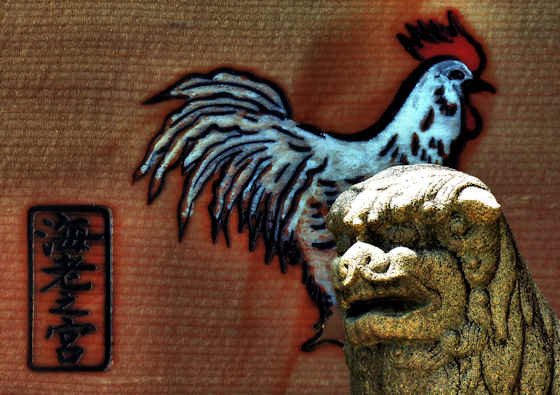Showing posts with label inari. Show all posts
Showing posts with label inari. Show all posts
Saturday, October 28, 2023
Yasaka Shrine Ebie
Saturday, October 7, 2023
Reikyu Shrine Shimabara
Tuesday, September 26, 2023
Kojiro Shrine
The previous post was on the Isahaya Bay Dyke.
Labels:
inari,
kyushu108,
Shrine,
sugawara michizane,
torii
Sunday, August 13, 2023
Tsuyama Snapshots
The previous post was the historic Kajimura Residence I visited at the end of the previous day.
Thursday, July 13, 2023
Yutoku Inari Shrine Part 2 Up Above
On the hillside across the river is Yutoku Inari Park, sometimes called the Outer Garden. In mid-February, it's not very colorful but in the Spring and Autumn, it is. From the park, there are numerous observatories to view the shrine
Each torii is usually, but not always, donated by a business, and their name is painted on it. Inari is a very popular kami for businesses with many private shrines erected on business premises.
Saturday, July 8, 2023
Yutoku Inari Shrine Part 1 Down Below
The main hall of the shrine is built upon an 18 meter high platform exending from the hillside, similar to the famous Kiyimziudera temple in Kyoto.
Part 2 Yutoku Inari Up Above. 14 more photos....
Subscribe to:
Posts (Atom)





































































